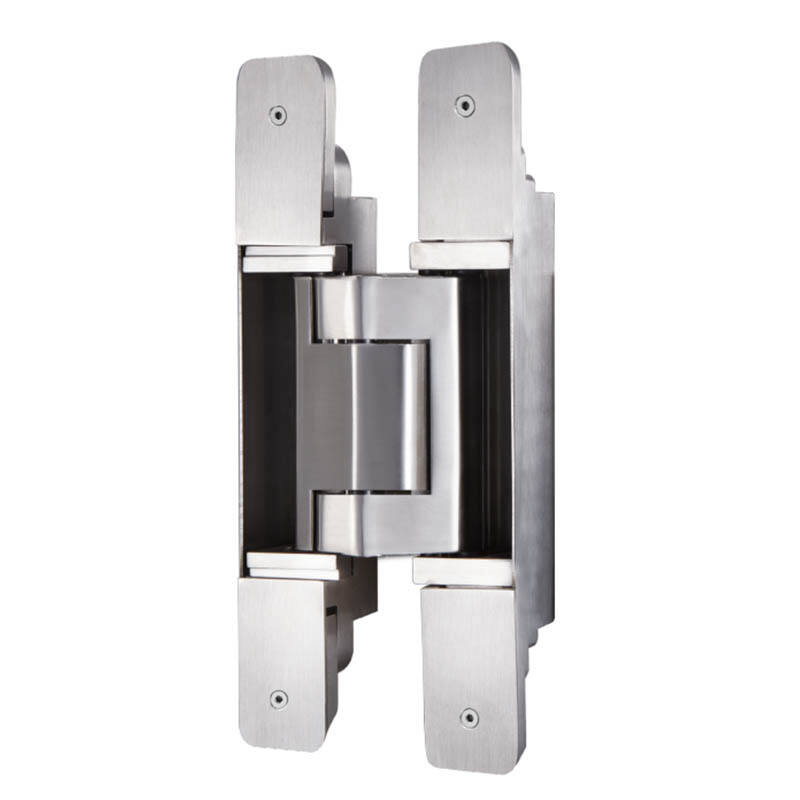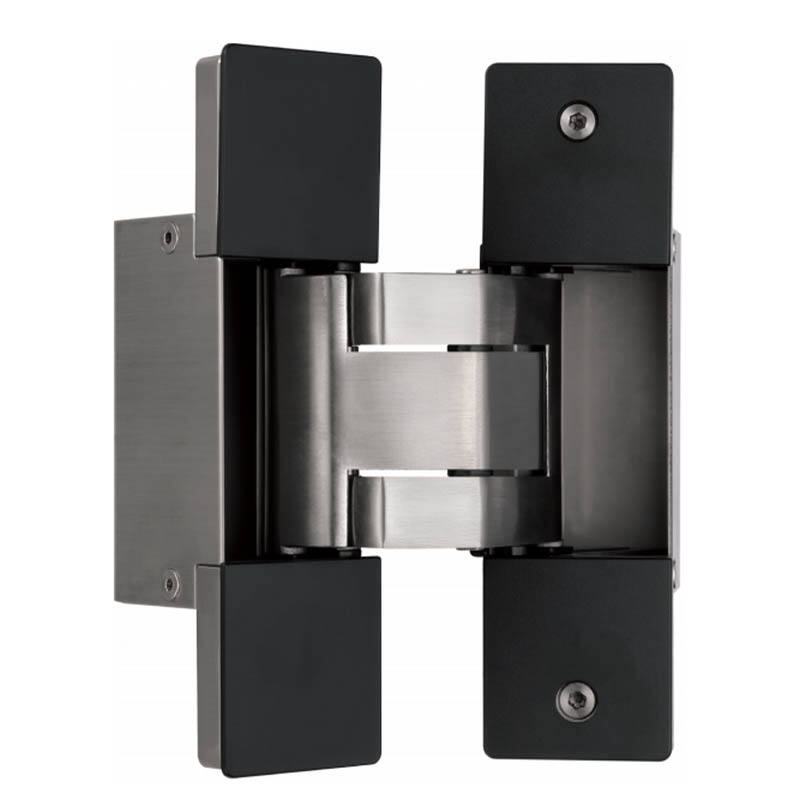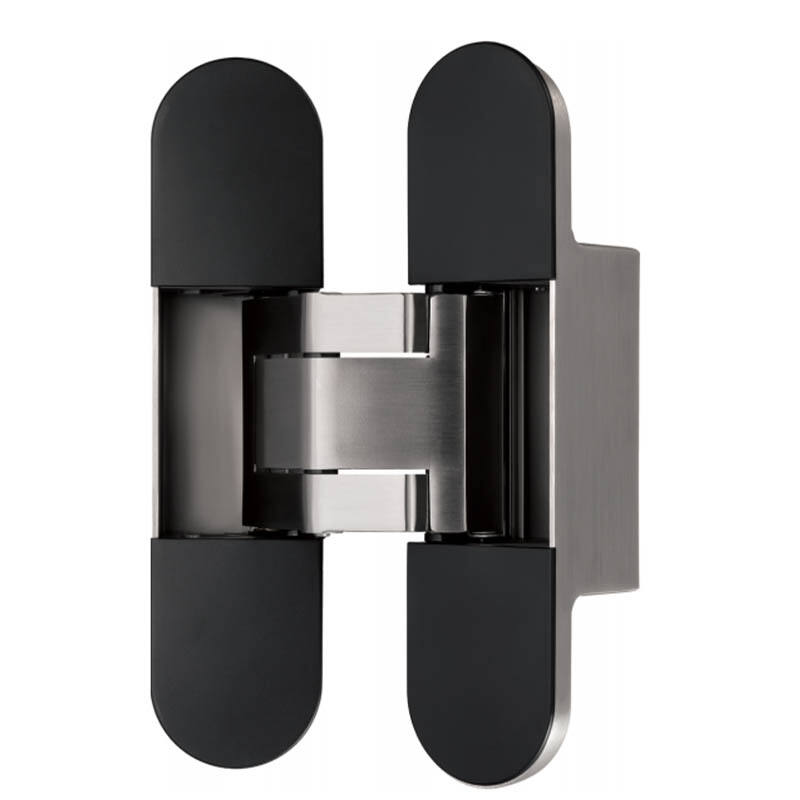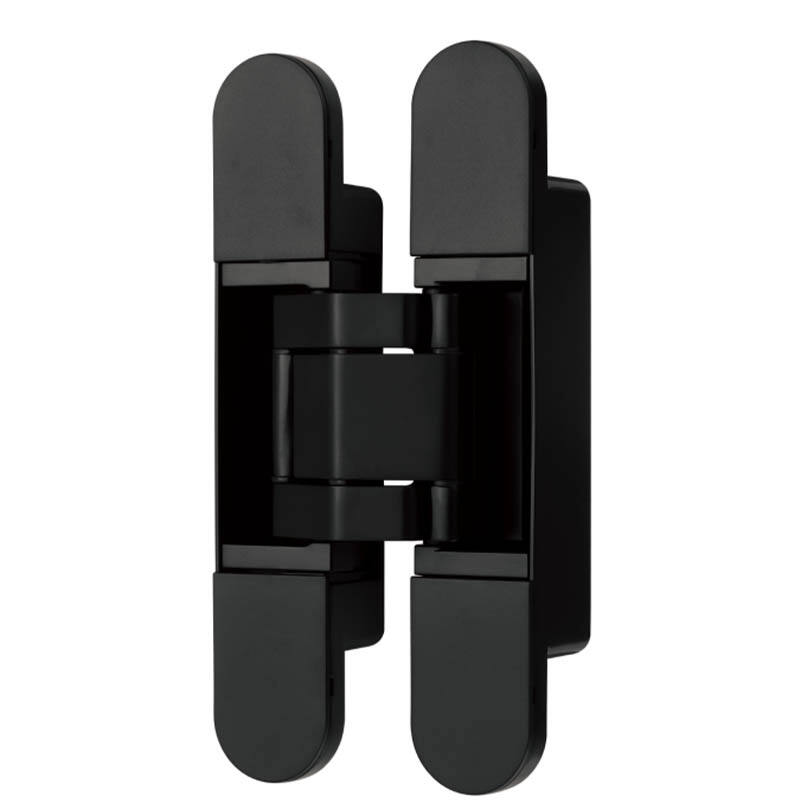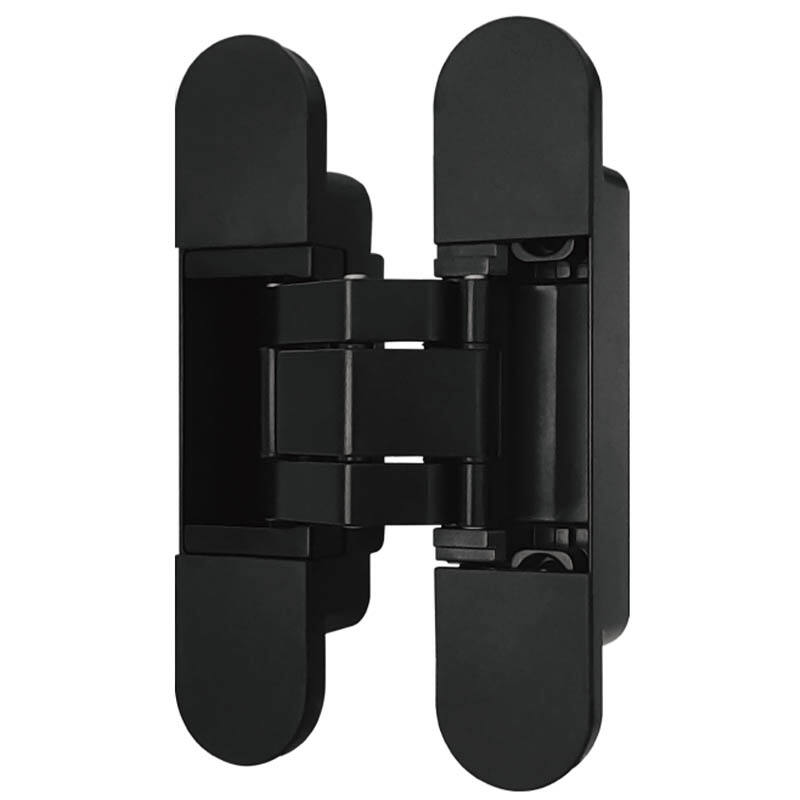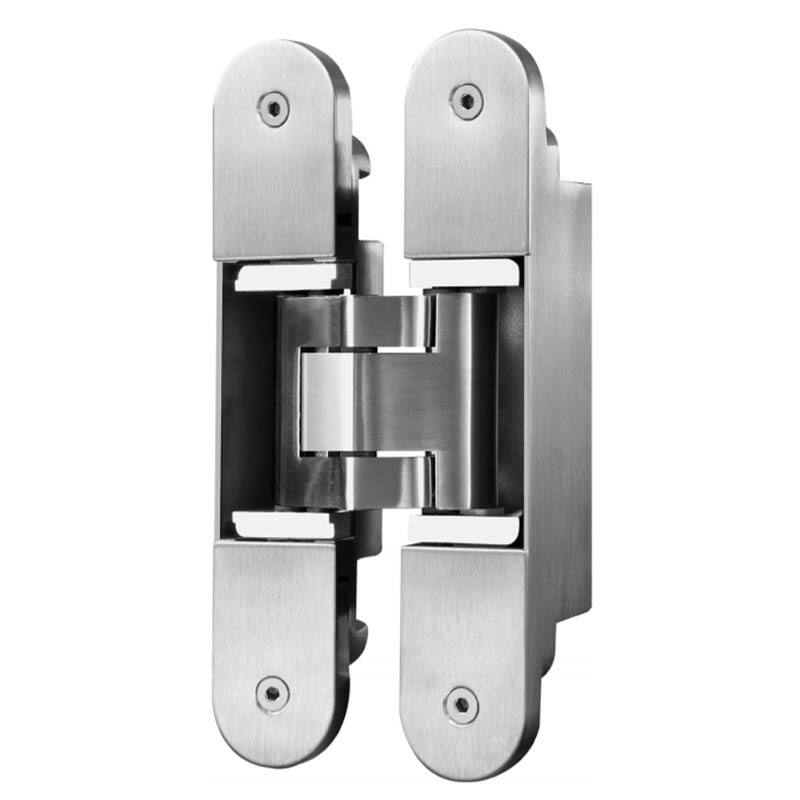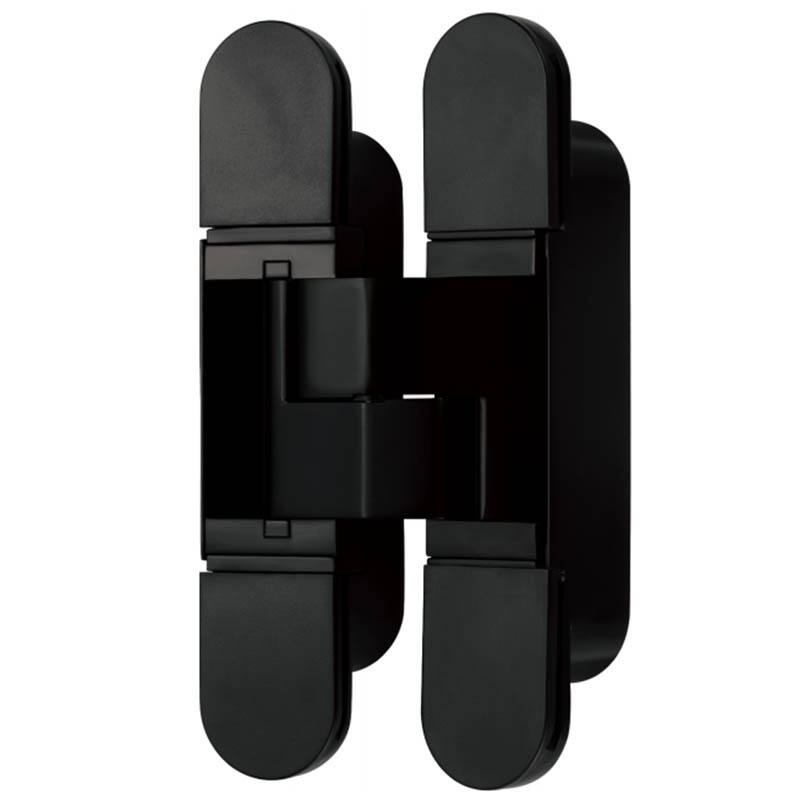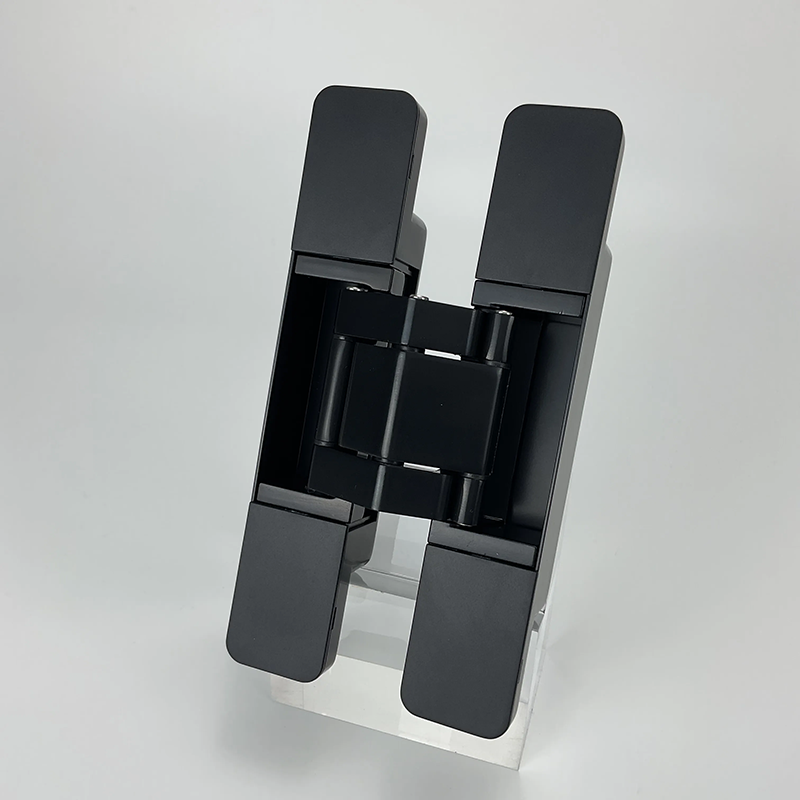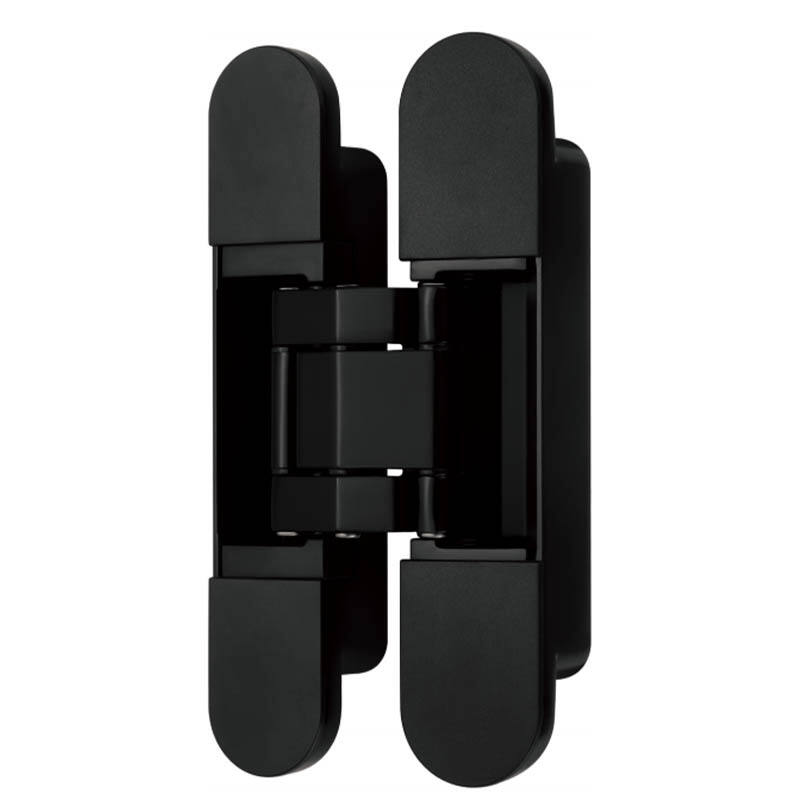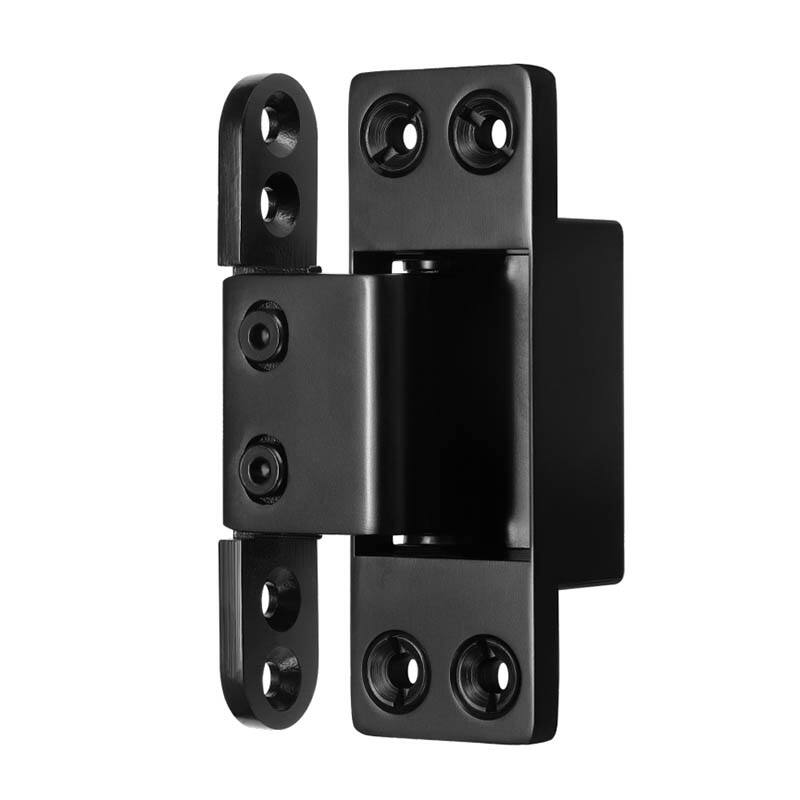Wie wählt man das richtige Scharnier aus? Vollständige Analyse der wichtigsten Faktoren
Die Wichtigkeit der Wahl des richtigen Scharniers verstehen
Bei Schranktüren sind Scharniere mehr als nur funktionelle Komponenten; sie sind entscheidend für ein nahtloses Erlebnis. Durch Scharniere können Türen reibungslos geöffnet und geschlossen werden, wobei die richtige Ausrichtung beibehalten wird, was für die tägliche Benutzung unerlässlich ist. Ohne das richtige Scharnier können sich Türen falsch ausrichten, was zu Betriebsproblemen und möglichen Schäden mit der Zeit führt. In vielen Fällen sind auch Features wie Soft-Close-Optionen wünschenswert, die helfen, Lärm zu reduzieren und den Verschleiß der Schrankstruktur zu minimieren.
Außerdem beeinflusst die Auswahl der Scharniere die ästhetische Anziehungskraft der Schränke stark und spielt eine wichtige Rolle bei der Gesamtgestaltung und Einrichtung. Verschiedene Designelemente, wie zum Beispiel Oberflächen und Stile, einschließlich unsichtbarer Scharniere oder einstellbarer, können verschiedene Schrankstile ergänzen. Obwohl offene Scharniere für traditionelle und Vintage-Stile geeignet sind, eignen sich versteckte Scharniere ideal für moderne Designs, da sie ein schlankes und unauffälliges Aussehen bieten. Die Wahl des richtigen Scharnierstils stellt sicher, dass das Schrankstück nicht nur optimal funktioniert, sondern sich auch optisch in die Umgebung integriert.
Arten von Scharnieren: Ein umfassender Überblick
Scharniere sind integrative Bestandteile, die die Funktionalität und Ästhetik von Schränken erheblich beeinflussen. Unter den verschiedenen Arten versteckte Scharniere sind wegen ihres modernen, schlanken Aussehens, das die Hardware verbirgt, bevorzugt, was sie ideal für minimalistische oder zeitgenössische Designs macht. Neben ästhetischen Vorteilen bieten diese Scharniere eine robuste Unterstützung und verbessern die allgemeine Anziehungskraft der Schränke, indem sichtbare Hardwareunvollkommenheiten beseitigt werden. Ihre Beliebtheit in Küchen, Bädern und Wohnräumen beruht auf ihrer Fähigkeit, eine saubere, ununterbrochene Oberfläche zu erhalten.
verstellbare Scharniere Sie dienen einem praktischen Zweck, der über die bloße Unterstützung hinausgeht. Sie ermöglichen eine präzise Ausrichtung und einfache Anpassungen nach der Installation und sorgen dafür, dass die Türen trotz Umweltveränderungen, die zu einer Ausdehnung oder Kontraktion von Holztüren führen könnten, perfekt ausgerichtet bleiben. Diese Funktion ist besonders nützlich in verschiedenen Klimazonen, wo kleine Fehlausrichtungen häufig und frustrierend sein können. Die Einstellung der Scharniere ohne Entfernen der Tür spart Zeit und Aufwand und sorgt für einen nahtlosen Betrieb während der gesamten Lebensdauer des Schranks.
Für Umgebungen, die robuste Lösungen erfordern, Schwerlastversteckte Scharniere Kommen Sie an die Spitze. Diese sind speziell so konstruiert, daß sie das große Gewicht großer oder schwerer Türen tragen können, was sie sowohl in gewerblichen Umgebungen als auch in Häusern, in denen dickere und schwerere Schranktüren verwendet werden, unverzichtbar macht. Sie sind durch verstärkte Strukturen ausgelegt, die eine langlebige Leistung gewährleisten und somit eine zuverlässige Lösung für den Einsatz bei schweren Einsätzen bieten.
Zusätzlich, Scharniere mit weichem Schließen und Selbstschließen Die Schränke sind so konzipiert, dass sie den Schrank komfortabler machen und seine Lebensdauer verlängern, indem sie ein starkes Klopfen verhindern. Mit den Scharnieren, die sanft geschlossen werden, werden Dämpfmechanismen eingesetzt, die dafür sorgen, daß sich die Türen sanft und leise schließen, was nicht nur die Unversehrtheit der Schränke bewahrt, sondern auch zu einer ruhigeren, ruhigeren Umgebung beiträgt. In der Zwischenzeit schließen sich selbstschließende Scharniere, die häufig in Küchen- und Badezimmern verwendet werden, automatisch Türen ohne manuelle Anstrengung, wodurch die Zugänglichkeit und der Benutzerkomfort verbessert werden.
Was man bei der Wahl von Scharnieren beachten sollte
Die Wahl der richtigen Scharniere für Ihre Schränke erfordert eine sorgfältige Beurteilung mehrerer Faktoren. Zunächst sollten Sie sich die Art des Schranks - ob rahmlos oder mit Gesichtsrahmen - überlegen, da dies die Auswahl Ihres Scharniers beeinflussen wird. Für die Einrichtung von Schränken ohne Rahmen sind spezielle Montagesysteme erforderlich, die sich von den traditionellen Anlagen mit Gesichtsrahmen unterscheiden. Es ist wichtig, den Stil Ihres Schranks zu kennen, um Scharniere zu wählen, die richtig funktionieren und ästhetisch passen.
Auch der Türstil und die Art der Überlagerung sind entscheidende Aspekte. Die Gestaltung der Tür und der Überlagtyp bestimmen, wie viel der Schrankenfläche von der Tür bedeckt wird und beeinflussen, wie und wo die Scharniere montiert werden. Zum Beispiel werden verborgene Scharniere oft wegen ihres schlanken Aussehens bevorzugt, besonders geeignet für minimalistische Designs.
Auch das Gewicht und die Größe der Türen spielen eine wichtige Rolle. Schwerere Türen, wie sie in kommerziellen Umgebungen verwendet werden, erfordern stärkere und robustere Optionen wie schwere verschlossene Türscharniere. Diese Scharniere sorgen dafür, daß die Türen ausreichend gestützt sind und mit der Zeit reibungslos funktionieren, ohne sich zu schieben.
Schließlich muss die Scharnierveredelung bestehende Dekor-Elemente ergänzen. Die Auswahl reicht von gebürstetem Nickel bis hin zu mit Öl reibtem Bronze, so dass Sie Scharnierveredelungen mit anderen Designelementen harmonisieren können, um einen zusammenhängenden Look im gesamten Raum zu gewährleisten. Eine Fehlverteilung der Oberflächen kann den visuellen Fluss des Raumes stören und macht dies zu einer wichtigen ästhetischen Überlegung.
Spezifische Anwendungen: Auswahl von Scharnieren für verschiedene Szenarien
Die Auswahl der passenden Scharniere für bestimmte Anwendungen gewährleistet die Langlebigkeit und Funktionalität Ihrer Schränke. In Küchenschränken müssen Scharniere dem Verschleiß des täglichen Gebrauchs standhalten. Hier sind weich geschlossene und verstellbare Scharniere ideal, da sie sowohl Bequemlichkeit als auch Langlebigkeit bieten, indem sie das Schlagen der Türen minimieren und eine Feinabstimmung nach der Installation ermöglichen. So sorgen beispielsweise versteckte einstellbare Scharniere für eine einfache und präzise Ausrichtung, ohne dabei die Ästhetik zu beeinträchtigen.
Für Badezimmerschränke ist es wichtig, feuchtigkeitsbeständige Scharniere auszuwählen. Badezimmer sind einer hohen Feuchtigkeit ausgesetzt, die im Laufe der Zeit Standardscharniere korrodieren kann. Daher ist es ratsam, sich für Materialien und Oberflächen zu entscheiden, die Rost verhindern und ihre Integrität bewahren, wie zum Beispiel Edelstahl oder Messing. Diese Wahl sorgt dafür, daß Ihre Schränke trotz der feuchten Umgebung in einem ausgezeichneten Zustand bleiben.
In kommerziellen Umgebungen sind aufgrund der größeren Türgrößen und der höheren Häufigkeit des Gebrauchs oft schwere Scharniere erforderlich. Hier hat Robustheit Vorrang vor Ästhetik, so dass schwere versteckte Scharniere geeignet sind, um schwere Türen zu tragen und gleichzeitig ein schlankes, sauberes Erscheinungsbild zu erhalten. Umgekehrt betonen Wohnanwendungen oft Ästhetik neben Funktionalität, so dass sich die Wahl des Scharniers mehr auf Designelemente konzentrieren kann, wie zum Beispiel verzierte Oberflächen oder die Feinheit eines unsichtbaren Scharniers, die sich mit dem Dekorthema des Hauses ausrichten.
Häufig gestellte Fragen zur Auswahl des Scharniers
Die Wahl des richtigen Scharniers für schwere Türen ist entscheidend, um eine hohe Haltbarkeit und Stabilität zu gewährleisten. Die besten Optionen sind schweres Scharnier und verstellbares Scharnier. Diese sind speziell so konzipiert, daß sie ein beträchtliches Gewicht tragen und gleichzeitig ein schlankes, unauffälliges Aussehen behalten. Sie lassen sich leicht anpassen und sind oft aus Materialien hergestellt, die häufig verschleiern und abnutzen können.
Bei der Messung von Scharnieren ist eine genaue Übereinstimmung mit der Tür von entscheidender Bedeutung. Dabei werden Breite, Tiefe und Aufstellungsort der Tür bestimmt. Durch genaue Messungen wird sichergestellt, daß das Scharnier richtig passt und reibungslos funktioniert, ohne dass die Tür oder der Rahmen belastet werden. Dieser Schritt ist unerlässlich, egal ob Sie neue Türen installieren oder bestehende Scharniere ersetzen.
Es ist möglich, bestehende Scharniere durch einen anderen Stil zu ersetzen, aber es müssen mehrere Faktoren berücksichtigt werden. Es ist wichtig, die Türfreiheit und die vorhandenen Löcher zu berücksichtigen, um Schäden am Schrank oder der Ausrichtung der Tür zu vermeiden. Durch sorgfältige Planung und Anpassung kann ein neuer Scharnierstil erfolgreich installiert werden, ohne dabei die strukturelle Integrität der Möbel zu beeinträchtigen.
Zusammenfassung der wichtigsten Faktoren bei der Auswahl des Scharniers
Die Wahl des richtigen Scharniers erfordert eine ausgewogene Auswahl von Materialqualität, Funktionsanforderungen und ästhetischen Zielen, um ein zufriedenstellendes Ergebnis zu erzielen. Wenn Sie diese Aspekte berücksichtigen, stellen Sie sicher, daß das Scharnier nicht nur effektiv funktioniert, sondern auch das Gesamtdesign ergänzt. Es ist wichtig, Fachleute zu konsultieren oder spezialisierte Ressourcen für einzigartige Projekte zu verwenden, um sicherzustellen, dass das gewählte Scharnier Ihren spezifischen Anforderungen entspricht.
Recommended Products
Hot News
-
Versteckte Scharniere: Die unsichtbare Lösung für eine nahtlose Design
2024-11-08
-
Die Vorteile von Legierung-Versteckten Scharnieren in der modernen Architektur
2024-11-04
-
Wasser in den großen Fluss zu vergießen, um die Wellen zu brechen----Jibang Group's 2024-2026 Geschäftsziele und 2024 Geschäftsplan Jahrestagung erfolgreich abgehalten wurde
2024-01-22
-
Der Wind ist stark und die Segel fahren.
2024-01-22
-
Das Unternehmen gründete ein spezielles Projektteam und diskutierte mit ausländischen Ingenieuren verschiedene technische Fragen
2024-01-22
-
Endloses Lernen befähigt die Entwicklung -- Gründung des Jiban College und Einführung der Guanggong Jiban Metallmaterialien Klasse
2024-03-22

 EN
EN
 AR
AR
 HR
HR
 CS
CS
 DA
DA
 NL
NL
 FI
FI
 FR
FR
 DE
DE
 EL
EL
 HI
HI
 IT
IT
 KO
KO
 NO
NO
 PL
PL
 PT
PT
 RO
RO
 RU
RU
 ES
ES
 SV
SV
 TL
TL
 IW
IW
 ID
ID
 LV
LV
 LT
LT
 SR
SR
 SK
SK
 SL
SL
 VI
VI
 SQ
SQ
 ET
ET
 HU
HU
 TH
TH
 TR
TR
 MS
MS
 IS
IS
 LA
LA
 KK
KK
 UZ
UZ
 KY
KY
